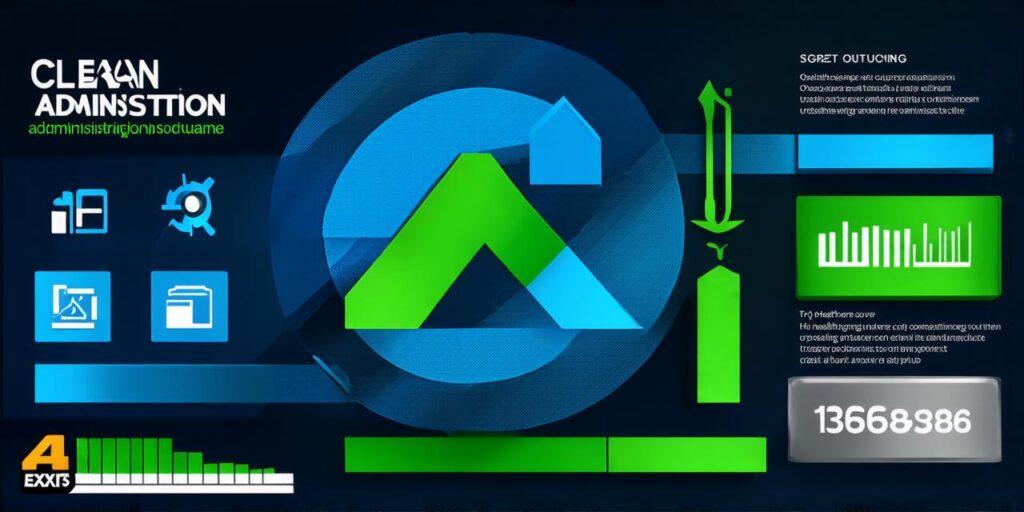![How to Write a Catchy Press Release Email for Journalists [Bonus Template Inside]](https://creativethinknetwork.com/blog/wp-content/uploads/2024/09/29626697-1024x512.jpg)
Introduction:
As a development company, you know the importance of getting your message in front of journalists and media outlets. However, crafting an effective press release email can be a daunting task. With so much competition for attention, it’s essential to stand out from the crowd and make sure your pitch is noticed. In this article, we will provide you with expert tips and a bonus template to help you write a catchy press release email that will get your message in front of journalists.
The Importance of Writing a Catchy Press Release Email:
Before we dive into the details of how to write a catchy press release email, let’s first understand why it’s important. A well-crafted press release email can help you:
- Build relationships with journalists and media outlets: By reaching out to journalists and media outlets with a compelling press release, you can establish yourself as a thought leader in your industry. This can lead to future opportunities for coverage and collaboration.
- Increase brand awareness: When journalists and media outlets cover your story, it can help increase your brand’s visibility and reach a wider audience.
- Drive traffic to your website: A well-written press release email can include links to your website, which can drive more traffic and potentially lead to more customers.
- Generate leads and sales: If you have a product or service that you want to promote, a catchy press release email can help generate leads and sales by reaching potential customers through journalists and media outlets.
How to Write a Catchy Press Release Email for Journalists:
Now that we understand the importance of writing a catchy press release email let’s look at how to do it effectively.
Step 1: Identify Your Target Audience
Before you start writing your press release, it’s important to identify your target audience. Who are you trying to reach with your message? Are you targeting specific journalists or media outlets, or a wider audience? Understanding your target audience will help you tailor your message and pitch to their interests.
Step 2: Craft a Compelling Headline
The headline is the first thing that journalists and media outlets will see when they receive your press release email. It’s essential to make it catchy and attention-grabbing. Here are some tips for crafting an effective headline:
- Keep it short and sweet: Aim for a headline that is no more than 50 characters long, including spaces.
- Be specific: The headline should clearly communicate what your press release is about.
- Use keywords: Include relevant keywords that will help journalists and media outlets find your story.
- Make it relevant: Ensure the headline relates to current events or trends in your industry.
Step 3: Write a Strong Lead Paragraph
The lead paragraph should give journalists and media outlets a clear idea of what your press release is about. Here are some tips for writing an effective lead paragraph:
- Be concise: Keep the lead paragraph short and to the point, ideally no more than 200 words.
- Provide context: Give journalists and media outlets some background information on your story.
- Highlight the key points: Summarize the main points of your press release in the lead paragraph.
- Include a call-to-action: End the lead paragraph with a clear call-to-action, such as requesting an interview or providing more information.
Step 4: Provide Supporting Materials

Journalists and media outlets will likely want to see supporting materials to back up your claims. Here are some materials you should include in your press release email: - Press kit: Include a press kit with background information on your company, product or service, and any other relevant details.


